Professional articles | Blog | ARCHLine.XP
Top 10+1 features in ARCHLine.XP
Get to know the top 10+1 most useful and special feature of ARCHLine.XP.

1. DWG, PDF, SKP, OBJ file import/export
ARCHLine.XP can import and export a wide range of file types. The most commonly used types by architects and interior designers to exchange floor plans are DWG / DXF and PDF.
In the 2019 version, DWG drawings can be pre-scaled using the ruler in the renewed import dialog. If the file contains 3D data, the program will inform us in a dialog and we can decide if we want to import the 3D bodies as well.
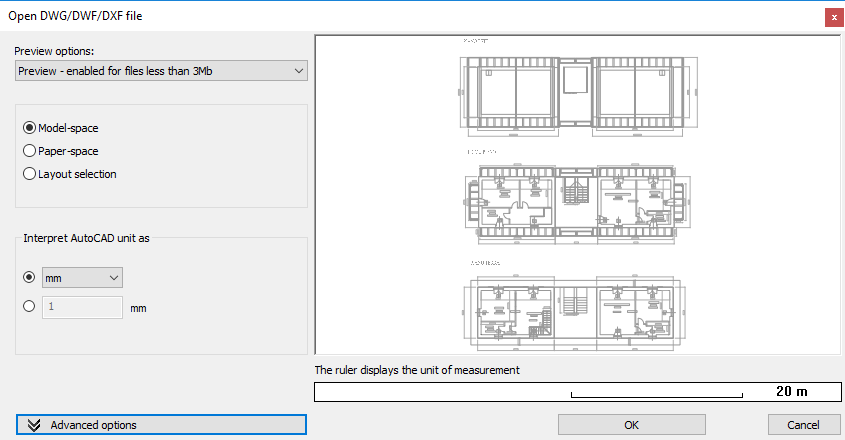
We can import a PDF file as an image or as geometry, if the file contains the information. In the latter case, after import, the drawing will consist of lines, polylines, circles, and other 2D elements that can be freely edited.
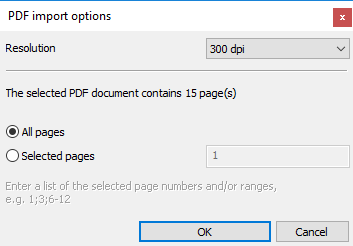
In OBJ and SKP formats, we can import / export objects and 3D items.
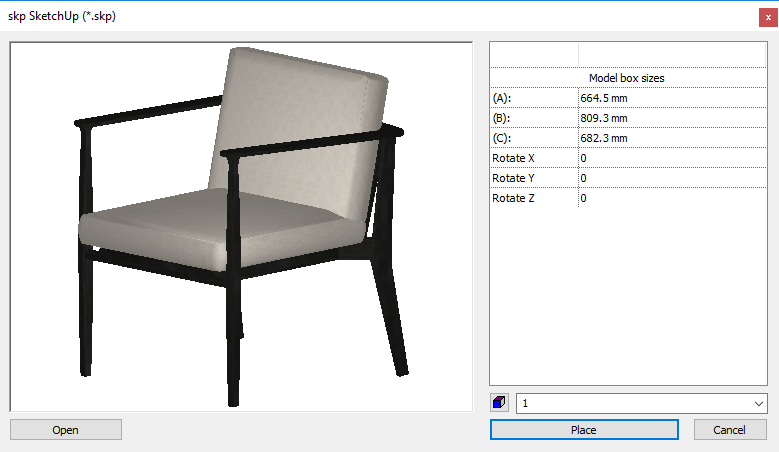
You can read more about our renewed DWG import HERE, other import/export themed videos are available from HERE.
2. IFC data exchange, BIM parameters
The standardized file format for BIM-based design is IFC, which contains all information collected or added to the building.
IFC is determined by ISO standards, and therefore it is independent from any CAD software manufacturer. IFC is a file format capable of describing the 3D model and providing a unified concept for the various architectural structures (wall, slab, column, beam, etc.).
The imported plans will not consist of 3D bodies and lines, polylines, but of architectural elements that are in direct connection with each other and can be customized in every program. For example, in case of walls, we can place windows, add profiles, and access the BIM parameters of the element assigned by its original designer.
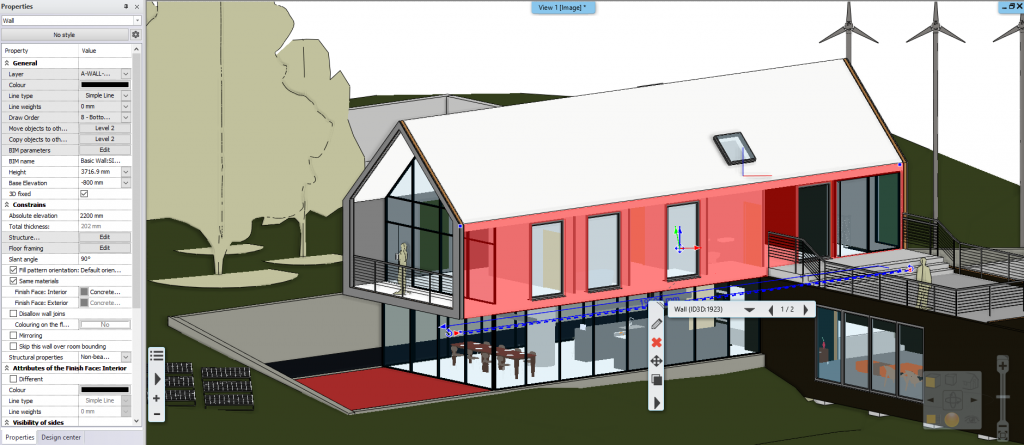
Watch our videos about IFC import/export HERE.
3. Smart Building components: walls, parametric doors, windows, smart room-area calculation tools
ARCHLine.XP offers a wide range of architectural tools. With a built-in library of styles that include international styles, you can easily switch between walls of different thicknesses and layers, or add custom styles. Free profile can be added to the already placed walls, their nodes and endpoints can be flexibly edited in the Component mode.
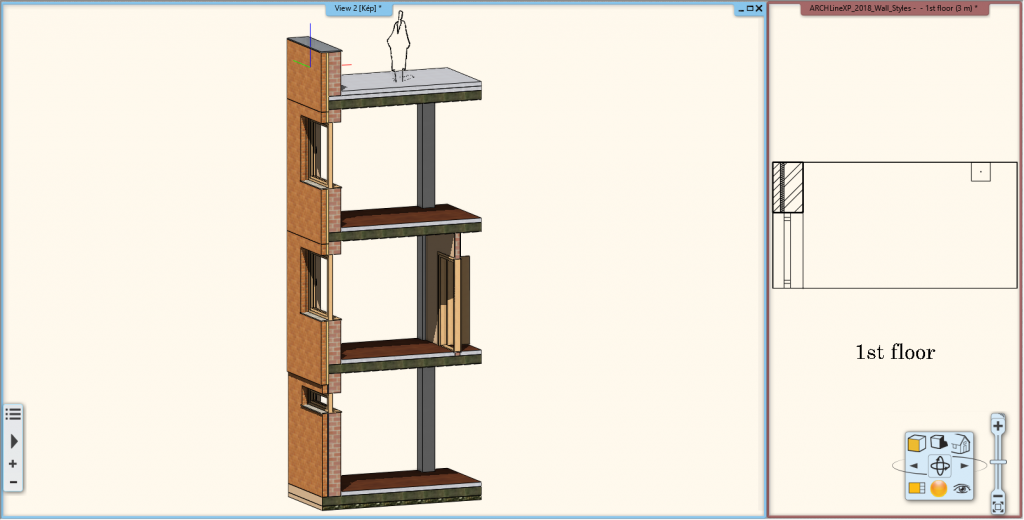
The built-in library of the program includes a number of single, double, glass, sliding and paneled doors, all of which can be parameterized, but if this is not enough, we can download any object that can be converted into a door with a few clicks. An especially useful tool is the Door Wizard, where you can create doors based on 2D-profiles. Watch our tutorial videos on the subject HERE.

Room and area calculation commands are useful when creating floor plans and documentation. Our floor plan can be divided into zones by room or we can even determine zones in one room, which can be represented by colours. Moreover you can display the dimensions of the room, its floor finish, etc.…
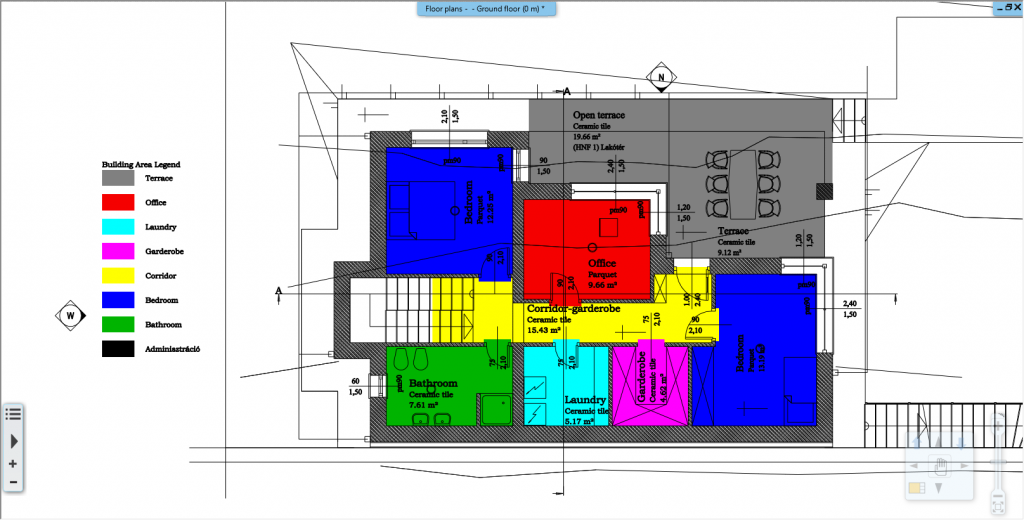
4. Smart Interior Design components: Lights, Tiling, Soft furnishing, Cabinet designer, Electrical accessories
For an interior designer, it is important to be able to properly display the lights. In ARCHLine.XP, you can assign a light source to any object that you download from the Internet, and you can adjust its brightness, colour, and other properties. We can turn the light sources on and off, so our model is appropriately illuminated. This can be set individually for each light source. You can watch our detailed tutorial videos on lighting management HERE.
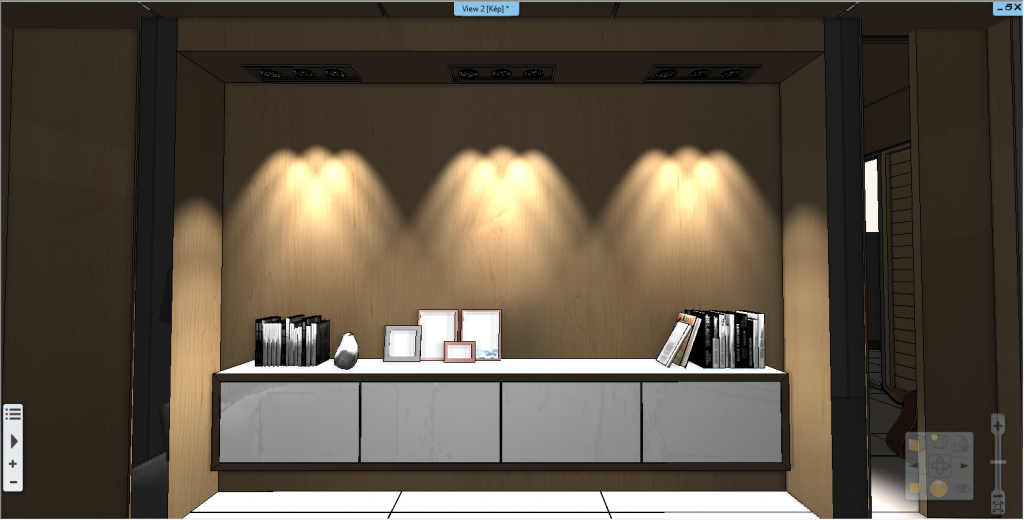
With flexible tiling tools we can cover any wall or slab surface with real tiles. You can also create custom patterns and styles, and create detailed reports from the finished tiling plan using the tiles of any manufacturer. You can read more about tiling options in ARCHLine.XP HERE.
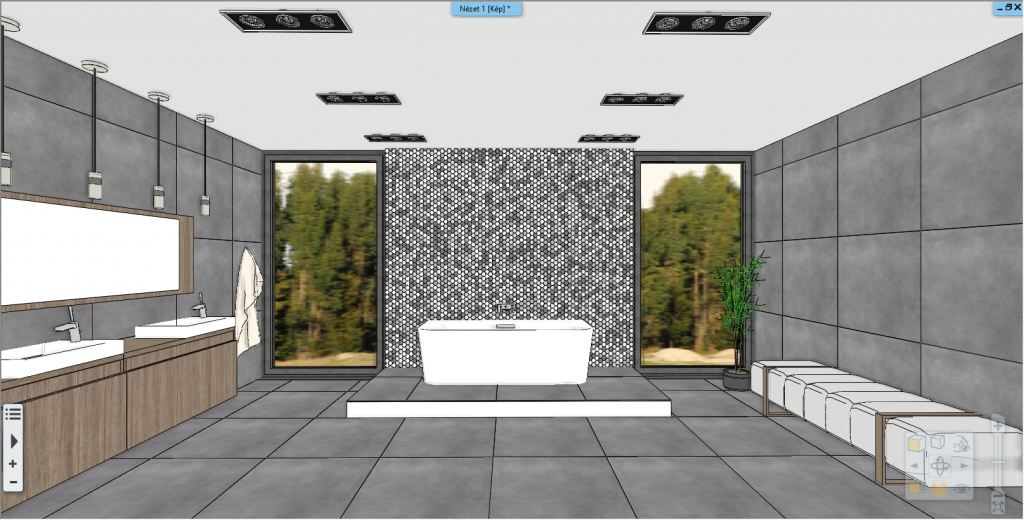
We can also make custom-designed upholstered furniture in the program. Profiles drawn in 2D can easily be turned into 3D components, with added cushion effects, profiles, etc. We can design a multitude of chairs, sofas, puffs and other items for our model. If you are curious about how this tool works in practice, check out our free tutorial videos on the subject.
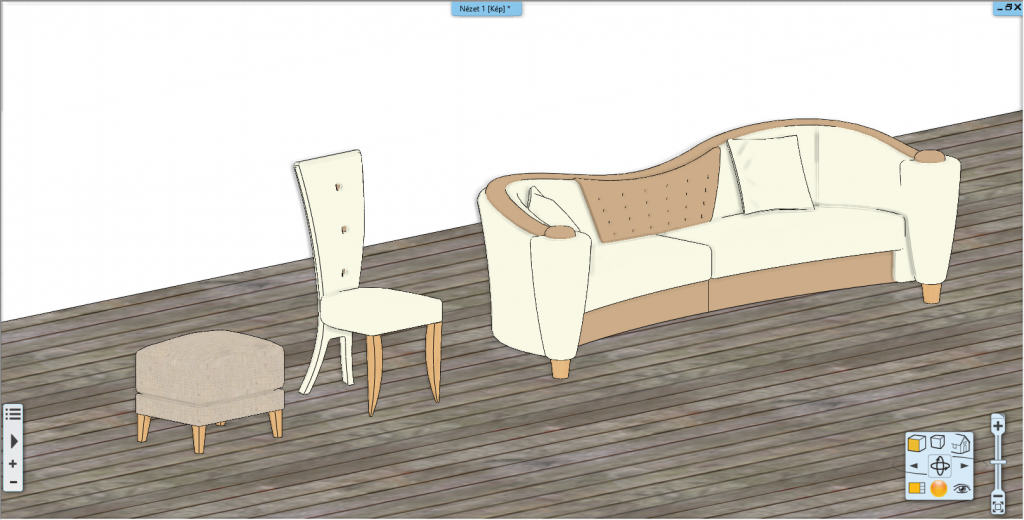
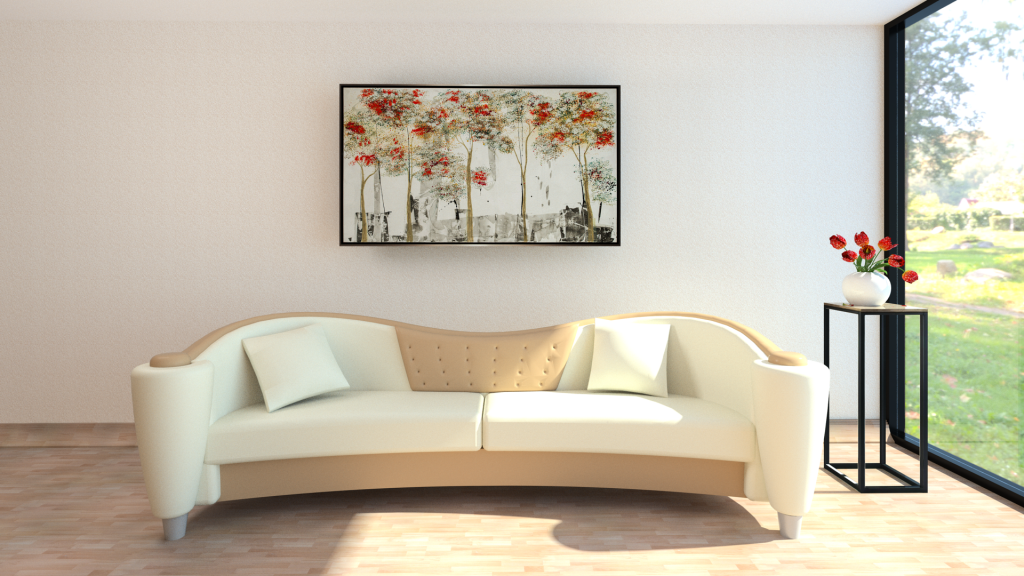
One of the important tasks of an interior designer is the kitchen design. ARCHLine.XP contains all the tools that are essential to design a kitchen furniture (or any kind of storage furniture, closet, dresser, etc.). As a starting element, we can use a parameterizable corpus whose dimensions, panels and dividers can be set individually. You can add custom furniture fronts, which you can create with the Cabinet Door tool. For more details, check out the related video tutorials.
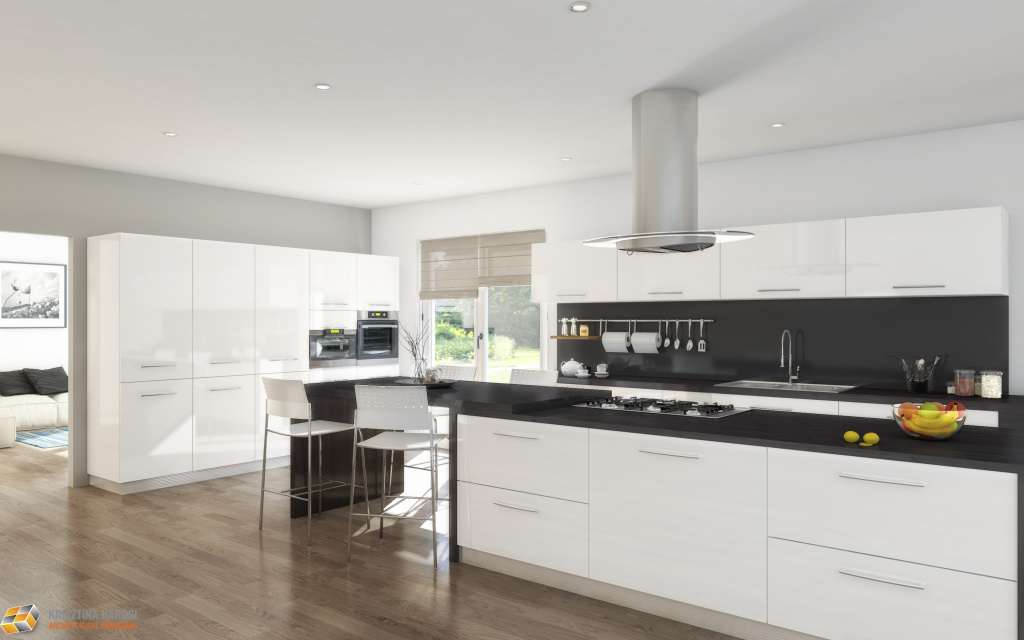
The program contains the most commonly used electrical accessories, which can be sorted as desired. We also have the ability to customize switches and sockets based on manufacturer information. The electrical accessories can be dimensioned with a few clicks, reports and electrical plans can be created quickly. Watch our videos on placing, dimensioning and creating customized electrical accessories HERE.
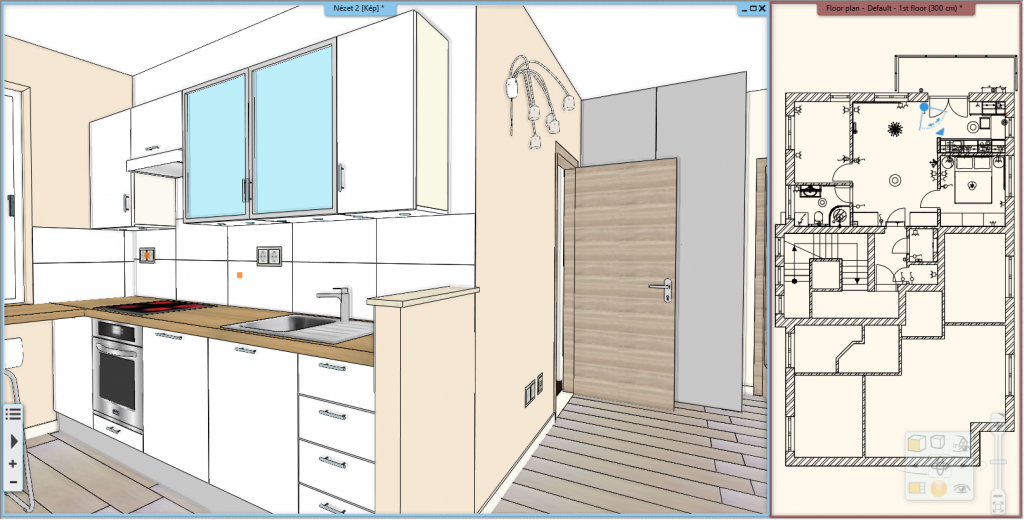
5. BIM libraries direct access: BIMobject, 3D Warehouse, Syncronia
The number of BIM libraries directly available from ARCHLine.XP is increasing. This way, users of the program are free to browse the models of Internet libraries and do not have to go through the long process of importing. The selected model can be placed in the project with one click immediately after download.
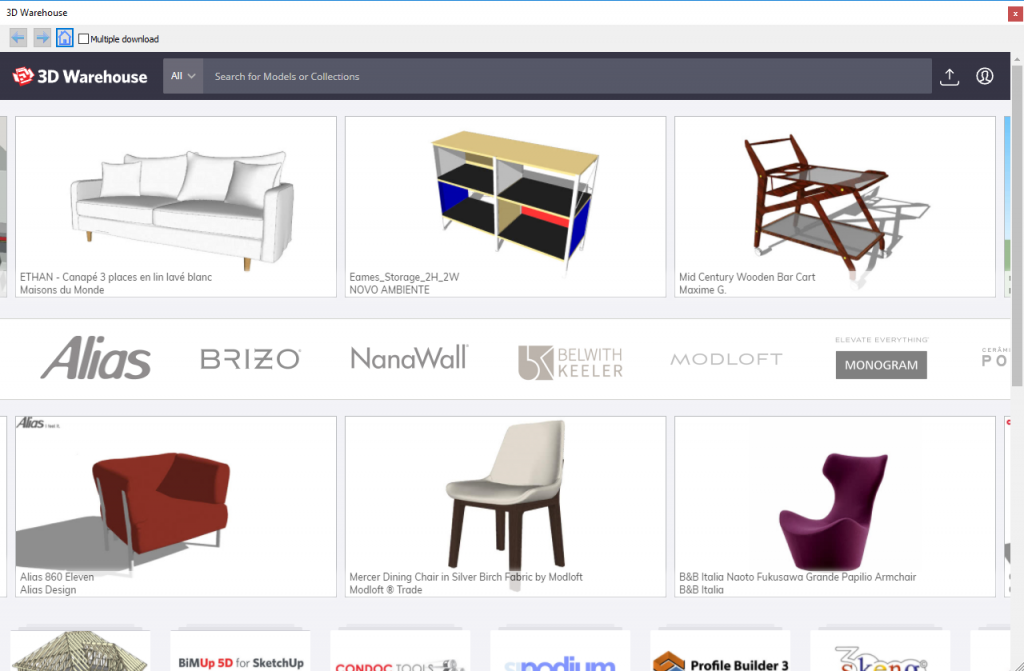
6. Multi building, multi floor, multi-layer building structure
To manage complex, large projects, it is important to organize the project well, divide it into parts, and even create separately functioning units. The tools of ARCHLine.XP help you organize your plan into buildings, levels, and layers according to your preference.
We can add a new building to our plan in the Edit levels dialog. After that, we can create a different level structure for each building, for example, we can easily display buildings on hillside together.

In the 2019 version, the Layer manager was expanded with Layer Filters and Variations. Using Filters, you can create different groups. The Used layers filter group is created by default at each start of the program, and here you can filter the layers that contain items. For example we can also create a group, within the Layer Manager, which contains all of our wall layers, and by clicking on the shortened list, we can find the layer we are looking for faster.
When you create a project, we often turn off and turn on the visibility and edibility of different layers, and we may need to find and set up dozens of layers in such a process or return to a previous setting. This can be time-consuming, so to speed up this process, the Layer variations feature stores and restores full settings. You can read more about Layer management HERE.

7. Complex Profiles: Managing any kind of frontal or section profile
ARCHLine.XP can manage flexibly the frontal or section profiles of walls, slabs, profiles, 3D shapes and other bodies. Because it is usually harder to edit in 3D, the program creates the 2D extension of the item and allows us to draw the profile. Then, the program will create the form of the profile in the 3D body. We have the ability to add multiple profiles to an item, so we can easily display complex forms in space.

8. All wall dimensioning in one step
One of the main goals of ARCHLine.XP is to make the documentation process faster and easier. We can place dozens of dimension chains at the same time with just a few clicks so we can save time and reduce the number of missing dimensions. All we have to do is to select all the types of dimensioning that we want to place to our plan in the Wall Dimension dialog. It is important to pay attention to the order of the dimension types, as the program will place them according to this order. Then we have to select the walls to be dimensioned and place the dimensions. So we can create all the dimensioning required for documentation from walls to doors and windows in one step.

9. Bi-directional data Schedules
The latest feature of ARCHLine.XP 2019 is to create flexible schedules. Using the Schedule tool, you can create unique tables that can be placed in the program, and their contents and row order can be customized. The advantage of these schedules is that they are always up-to-date and follow the changes in the project in real time. Their content always shows the actual, real data, and all changes in the table or in the project take effect back and forth. For more information on how to create and manage schedules, watch our tutorial video HERE.

10. Design phases and Drawing comparison
One of the new features of ARCHLine.XP 2019 is that we can now present our project by design phases. Using design phases it is possible to present the existing state and the new construction plan simultaneously. The phases can be separated using phase filters. Phase filters are rules that apply to the representation of the elements according to their status (New, Existing, Demolished). ARCHLine.XP has five phase filters: All, Existing Plan, Demolition Plan, Existing Plan after Demolition, New Construction Plan. You can watch our tutorial video about the design phases HERE.
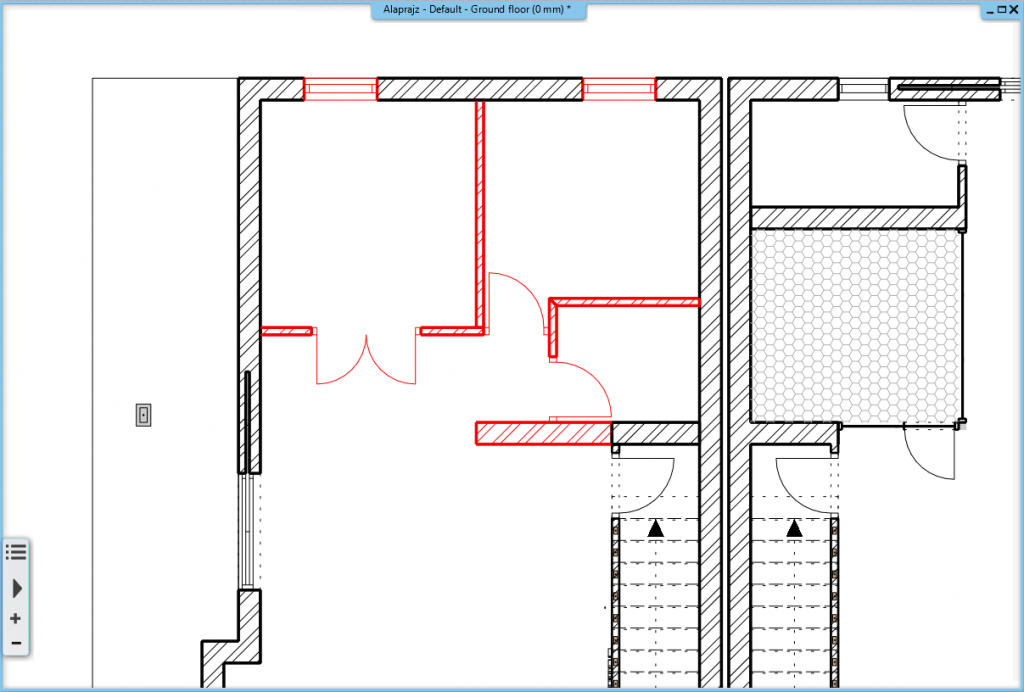
The Drawing Comparison command also serves to illustrate the changes of the plan. During the drawing comparison, the previous state of the drawing can be compared to the current state. The result is a third drawing that indicates the changes between the two states with the assigned colours. This command can be used at any time of the design process, as the result of the comparison is continuous. It stays in touch with the original drawings and can be updated at any time. A video about how the command works is available HERE.
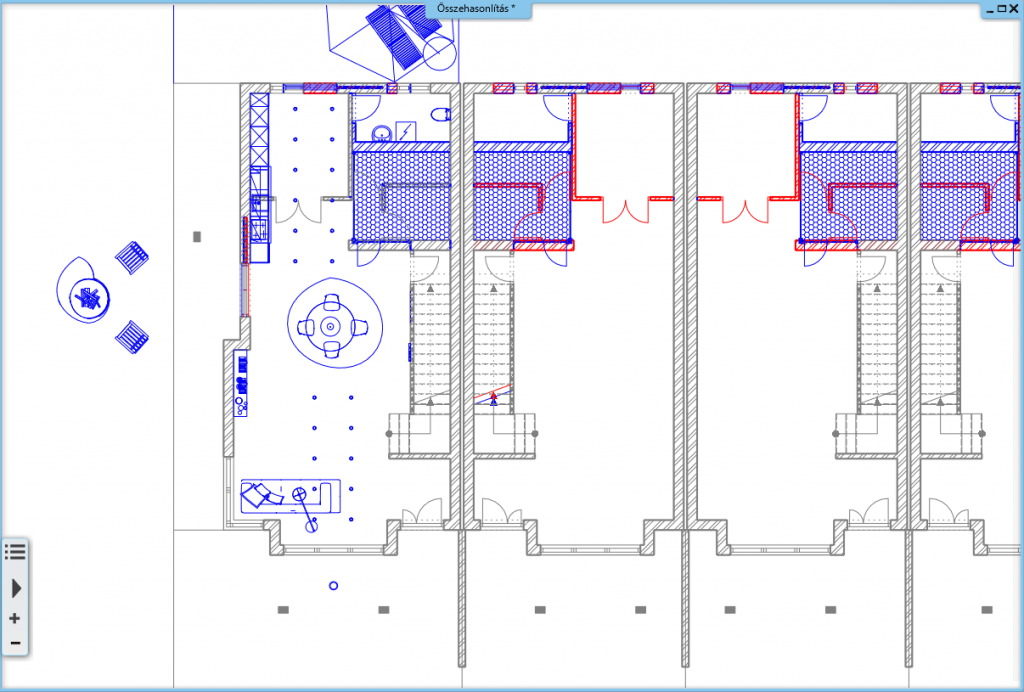
+1. Direct LIVE connection
ARCHLine.XP LIVE is an easy to use, archviz animation software to turn your 3D design into an immersive model, creating high quality visualization images, videos and live walkthroughs.
There is no rendering time so that you can react to your clients' requests immediately, on the fly and reflect modifications in minutes, regardless of the size and complexity of your project.
ARCHLine.XP is in direct connection with ARCHLine.XP LIVE, so you can transfer your model with just one click. The visualization process can be carried out with high-resolution, high-quality materials, interactive light settings and animated trees, plants, and water.
You can read more about the features of ARCHLine.XP LIVE HERE.
Grab the blue circle below and drag it to reveal what ARCHLine.XP Live offers.
